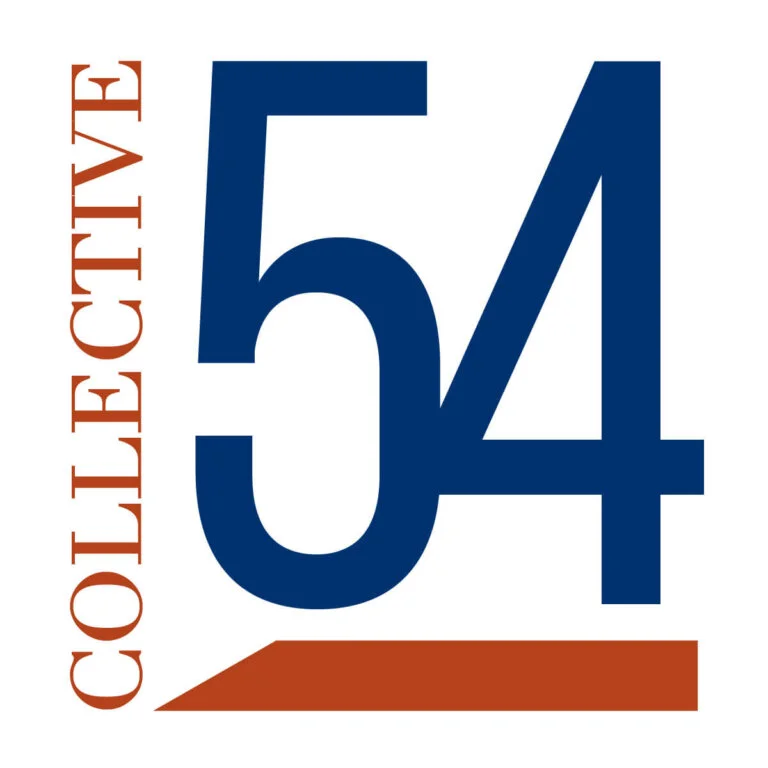|
Getting your Trinity Audio player ready...
|
Strategic Tools, Systematic Growth: The Power of Professional Services Diagnostics

We all know the story: owners who built successful firms through deep personal involvement struggling to scale beyond themselves. If you’re reading this, you’ve likely already recognized this challenge in your own firm. The question isn’t whether to address owner dependency – it’s how to do it systematically.
Our transformation began with a systematic evaluation using Collective 54’s suite of diagnostic tools. While we’ve experienced significant growth, we’ve recognized that sustaining and accelerating this trajectory will require strategic changes.
C54’s tools have been instrumental in helping us identify and prioritize these critical improvements. Though we aren’t considering an exit anytime soon, we found the Exit Readiness Assessment invaluable as a diagnostic foundation. The tool evaluates firms across thirteen critical dimensions – from market position to organizational design – identifying operational strengths and gaps regardless of exit timing.
Rather than simply scoring our current state, we added two crucial layers of analysis: how essential each item was to achieving our target KPIs, and how far we were from the ideal state. This dual-lens approach helped us pinpoint our highest-impact opportunities for sustainable growth.
We then cross-referenced these findings with several other available C54 tools. Where multiple tools highlighted the same gaps, we knew we’d found critical areas for change. This integrated analysis led to three key discoveries that changed our approach to scaling the firm.
Three Key Discoveries That Changed Our Approach:
- Quality Improves with Delegation
Our evaluation revealed a counterintuitive insight about delegation. While conventional wisdom suggests that maintaining partner involvement preserves quality, we continue to witness that strategic delegation often improves client outcomes.
When managers are equipped with proper frameworks and decision tools, they bring fresh perspectives to client projects. Their ability to dedicate concentrated attention – unencumbered by multiple demands on partner time – enhanced both efficiency and deliverable quality.
By evaluating performance and strategic importance across key business areas, we identified where partner involvement created the most and least value. This data-driven approach removed emotion from prioritization and revealed instances where high partner involvement created bottlenecks rather than value. The findings challenged our assumptions and provided a clear roadmap for strategic delegation that would strengthen our service delivery.
- Tools Create Clarity and Confidence
Rather than making arbitrary changes, we leveraged an integrated toolkit that included findings from several C54 resources, including the Exit Readiness Assessment, Modified Lifecycle Stage Picture, Organizational Check-up, Metric Scorecard, and Pro Serve Accountability Chart.
The power of these tools lay in their overlap. When multiple assessments highlighted the same improvement areas, we knew where to focus first. This convergence helped us prioritize initiatives like standardizing processes and further developing our management team.
- Structure Enables Freedom
The tools revealed that random delegation doesn’t work. Success required systematic change. As a first step, we proceeded with the following changes:
- Reorganized partner calendars with dedicated time blocks for different activities
- Created partner “Firm Development Fridays” focused purely on strategic work
- Established clear manager-led client relationship targets (80%+ by year-end)
- Developed a Partner Knowledge Transfer System for systematic expertise sharing
While our assessment tools illuminated where change was needed, implementing that change required a structured approach. Through our work with Collective 54, we understand that reducing owner dependency isn’t about random delegation or just “letting go.” Instead, it requires building systems and processes that can reliably replicate owner expertise and decision-making.
Each area of systematic change directly addressed gaps identified in our assessments. Calendar restructuring began to tackle the “capacity bottleneck” highlighted in our Exit Readiness Assessment. Knowledge transfer systems responded to our low scores in “sustainability of performance.” Team empowerment addressed multiple opportunities related to our management team and organizational design.
The Power of Systematic Change
For us, moving from insight to action required several concrete steps, including the following:
- Calendar Restructuring
One of the most immediate bottlenecks identified was how partner time was being spent. Our assessment highlighted what we already sensed, our reactive, day-to-day operational involvement was preventing strategic work and systematic delegation. Restructuring partner calendars became a top priority, so we made the following changes:
- Centralized meeting times for team and client interactions
- Protected blocks for document review and internal coordination
- Dedicated firm development time
- Clear boundaries between strategic and operational work
- Knowledge Transfer System
Our tools revealed a critical gap: while partners held vast institutional knowledge, we lacked systematic ways to share it. Without a structured approach to knowledge transfer, delegation would always be limited. We have begun to develop a comprehensive system that includes the following:
- Case studies of successful engagements
- Training sessions on key methodologies
- Knowledge-sharing sessions
- Documented partner insights and decision frameworks
- Measurable goal of 12 documented knowledge transfers per partner annually
- Team Empowerment
The assessments showed that successful delegation requires more than just passing off tasks. We needed to further establish confidence, capability, and decision-making frameworks throughout the firm. This meant creating a comprehensive approach to empowerment that includes:
- Understandable decision-making frameworks
- Structured learning opportunities
- Re-defined professional advancement paths
- Accessible partner knowledge transfer system
- Regular feedback loops
Early Results and Future Focus
Though we’re just beginning this journey, early indicators are promising. Our managers are continuing to step up to greater responsibility, and client satisfaction remains high. Most importantly, we’re creating a virtuous cycle where:
- Delegation creates growth opportunities for the team
- Team growth enables firm scaling
- Firm scaling generates more opportunities for team advancement
This transformation isn’t about owners working less – it’s about working differently. Every hour invested in systems and team development multiplies our firm’s capacity for growth. While the frameworks provided structure, success comes from consistent implementation.
Starting Your Journey
Begin by examining where partner involvement might limit growth. Use diagnostic tools to prioritize changes. Remember that stepping back often leads to stepping up in quality and capability.
Ready to break through your own growth ceiling? Join Collective 54 to access proven frameworks and connect with others on this journey. Apply for membership.
